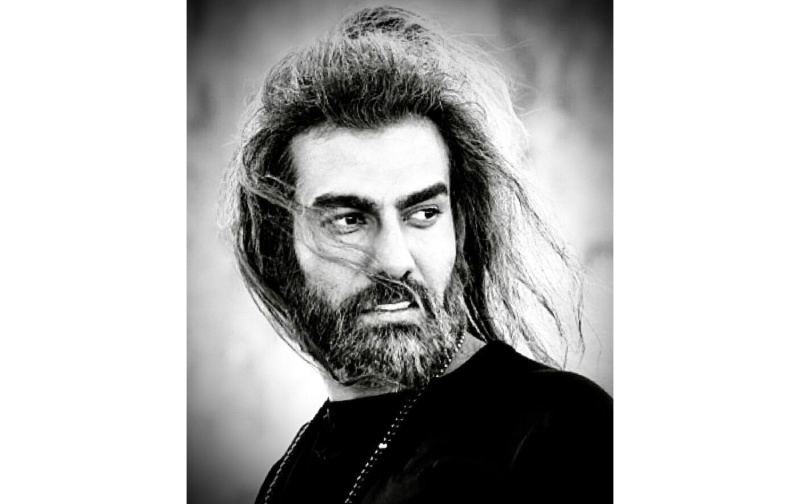Early man learned the basics of music from nature and gradually created rhythmic sounds using instruments and tools for work and life. About 5000 years ago, the Sumerians used harps to make musical pieces for dancing. In ancient Egypt, music had a spiritual and religious aspect. During the Renaissance, there were changes in the way of notation and religious music found a scientific basis. The pieces of Renaissance dance music that are available today show that at that time, around the 15th and 16th centuries, many instruments were used for music. .
What is classical music?
Classic is derived from the word classious which means royal. Classical music is the name given to the Western art music tradition. This nomenclature is not accurate and many efforts and discussions are made to determine its meaning. The beginning of this music is usually considered to be from the middle centuries. The term classic and classicism is usually referred to a period of music, but often with different meanings, it is not actually the title of the style of a specific period or a specific style of music. But on the other hand, the term classical refers to a phenomenon that can be used and repeated in most of the different periods of music history, for example, Schubert’s songs in Germany in the 19th century are classical examples, while Historically, Schubert is considered the composer of the Romantic era, and his thoughts and ideas are also Romantic.
Therefore, the meaning of the word classic in relation to a specific piece or basically a category of composition can be completely different from its meaning in relation to the style of a period of music history. With such a similar perception, it can be said that the 16th century composer “Palestrina” has been considered as a classic example of church music for centuries and his works have been the main model for other composers.
The term classical in its general use will have a better and more useful meaning when it is related to a specific type of musical works (such as the examples mentioned by Schubert and Palestrina). In this sense, Beethoven can be considered a classical master in creating symphonies, piano sonatas, and string quartets. The difference between classical as a decisive and firm solution to the problem of the creative role in a work of art or the category of composition on the one hand and as a concept in the history of styles on the other hand, always creates constant conflict and disagreement. whose works still exist today.
Historians of the 19th century apply the word classical in Germany to the style of the period that began with the generation of “Quantz” and “Hans” and later Bach’s sons and their contemporaries, and in Italy to the musical style of Domenico Scarlatti and his contemporaries. The end of this period cannot be clearly determined, because the conflict between classicism and romanticism continued until the 19th century and even the 20th century (with the flow of neoclassicism). It is not completely clear when and where the word classical entered the music culture. The definition of classical in literature is somewhat complicated and dumb, but this definition becomes more complicated in music.
Perhaps one of the steps taken towards classical music was the liberation of the musical work from the shackles of imitations, expressions, introductions, being in the service of even forced entertainment, and as a result, the essence of music itself was considered. So, for the first time in music, the thought and idea appeared that music, like other arts, does not have a “purpose and goal”, but exists only for its own sake. In fact, music for the sake of the art of music itself. In other words, in the classical period, the idea of “art for art’s sake” was dealt with, and since then, the idea of music has been flowing.
In classical music, everything extraordinary and extreme was left out and musical expression was established with emphasis on perfection, completeness and universal validity using simple and understandable factors.
The most important characteristic of the early classical period is the simplification of all musical forms and stylistic elements as much as possible. In classical period music, melody appears as a basic and stable factor, and melodic theory was the most important issue that musicians dealt with.
Classical music style
The division of classical music courses is somewhat similar to the division of other arts courses in Europe, but the times of these courses are somewhat different for different arts. Anyway, classical music can be divided into six periods. The first period of the medieval period (on average from the 6th to the 14th century) and the second period, the Renaissance (15th and 16th centuries), are not so important in classical music (unlike arts such as painting and architecture), because developments in the field of instruments and Similarly, the registration of works is not very impressive. But after the renaissance, classical music, like other arts in Europe, is divided into four time periods: the early classical music style that covers until the 1770s and includes two styles, Rococo and Expressive. The Rococo style was especially popular in France, and the French term Galant style is often used as a synonym for it. The founders of the expressive style, which became popular later, were German composers, and its equivalent in German is Empfindsamer Stil (sensitive and dignified style). These two styles are the result of giving importance to the two voices of the parties in baroque music. But in the 18th century, the bass line lost its importance, leadership and contrapuntal independence and became a mere supporter of the melody, while the middle voices only filled the harmony. Rococo or gallant style appeared in dignified and aristocratic gatherings and it was a very elegant, precise, agile, witty, easy, glorious and glorious style. Rococo is the same style of excessive ornamentation and decoration of the Baroque period, but without the grandeur. On the other hand, the expressive style (meaning expressive and full of meaning) was more related to the middle class of society and was generally the style of the bourgeois. Unlike Rococo, this style was not only full of pomp and show, but sometimes it was intentionally and exaggeratedly simple. The style of the classical period of greatness, in which the forms and styles remained basically fixed, composers found an opportunity to shape the thoughts and events that their free imaginations required. Historians called the period of classical greatness the “Vienna Classic” school for two reasons
First, all the important composers have worked in Vienna or Austria, and secondly, the musical elements of Vienna (or Austria) entered classical music and left many influences on it. Classical music has been divided into several smaller periods in terms of its style and historical evolution: in this period, musicians used more of their sensory perceptions and spiritual inclinations in making music and shaping styles.
Baroque period … Classical period …. Romantic period …. Modern period
Modernization or modernism means intellectual and behavioral tendency towards new and more advanced cultural phenomena and abandoning some old traditions.
The division of artistic periods – including music – after the renaissance is considered four main periods. The first is the Baroque style, which lasted approximately between 1600 and 1750, the second is the classical period between 1750 and 1820, the third is the romantic period between 1820 and 1910, and finally, modern music or the music of the present age from 1910 to today.
It is natural that these dates are approximate and the transfer of musical style from one era to the next happened during a period of transition, during which there were artists who created their works of art with intermediate styles.
The great figures of these periods include the Austrian composers Haydn and Mozart and the German composer Beethoven. Maybe Mozart and Beethoven along with Bach are the three greatest figures in the history of classical music. Also, other great composers became famous in these periods, such as: Schubert, Chopin, Schumann, Brahms, Johann Strauss, Paganini, Rossini, Tchaikovsky, Bizet, Verdi, Wagner, Liszt, Mendelssohn, Albeniz, Dorjac, Offenbach, Sen. Sun, Grieg, Elgar, Debussy, Mussorgsky, Rimsky-Korsakov and Mahler are some of the famous musicians of this period.





